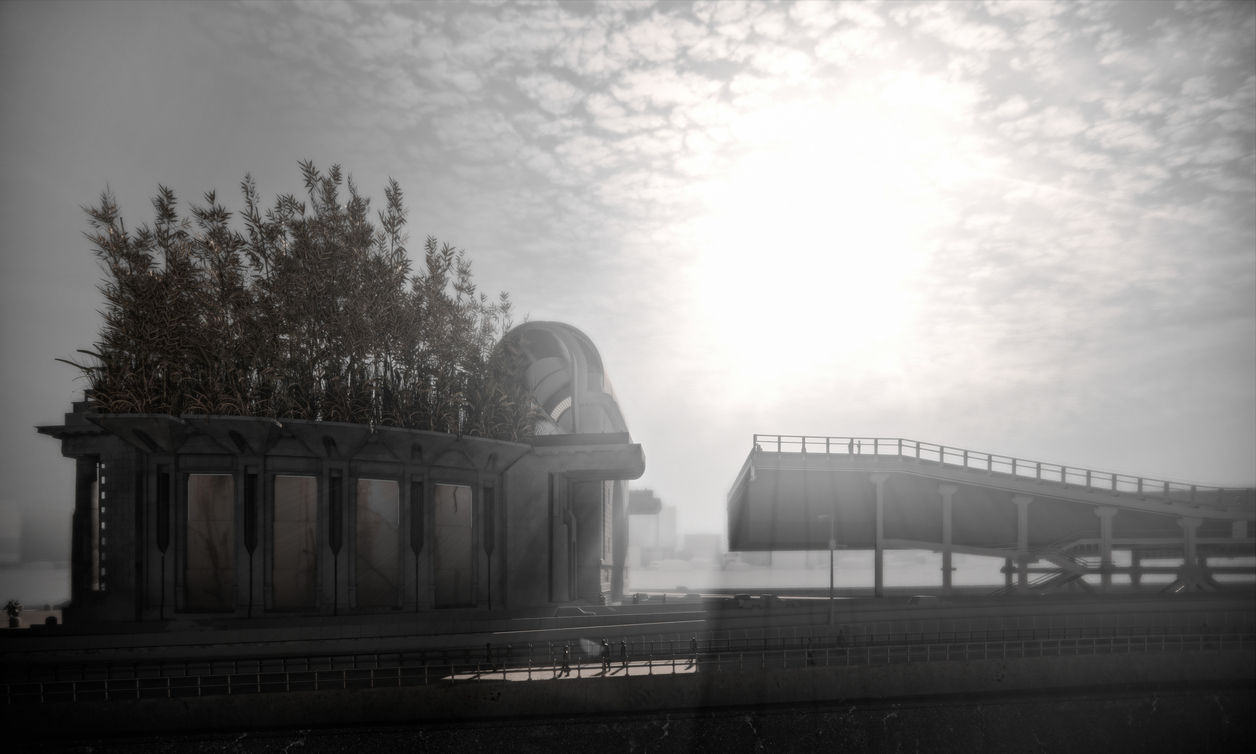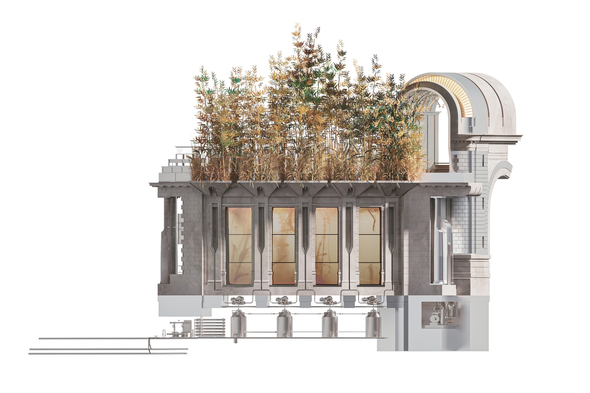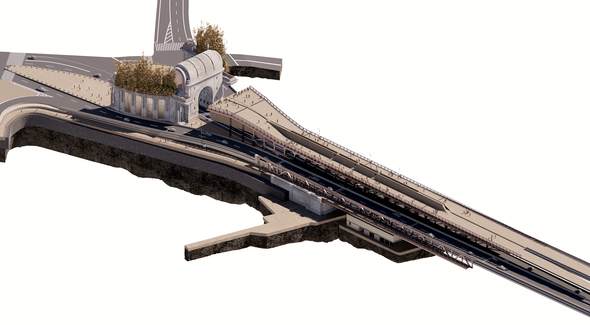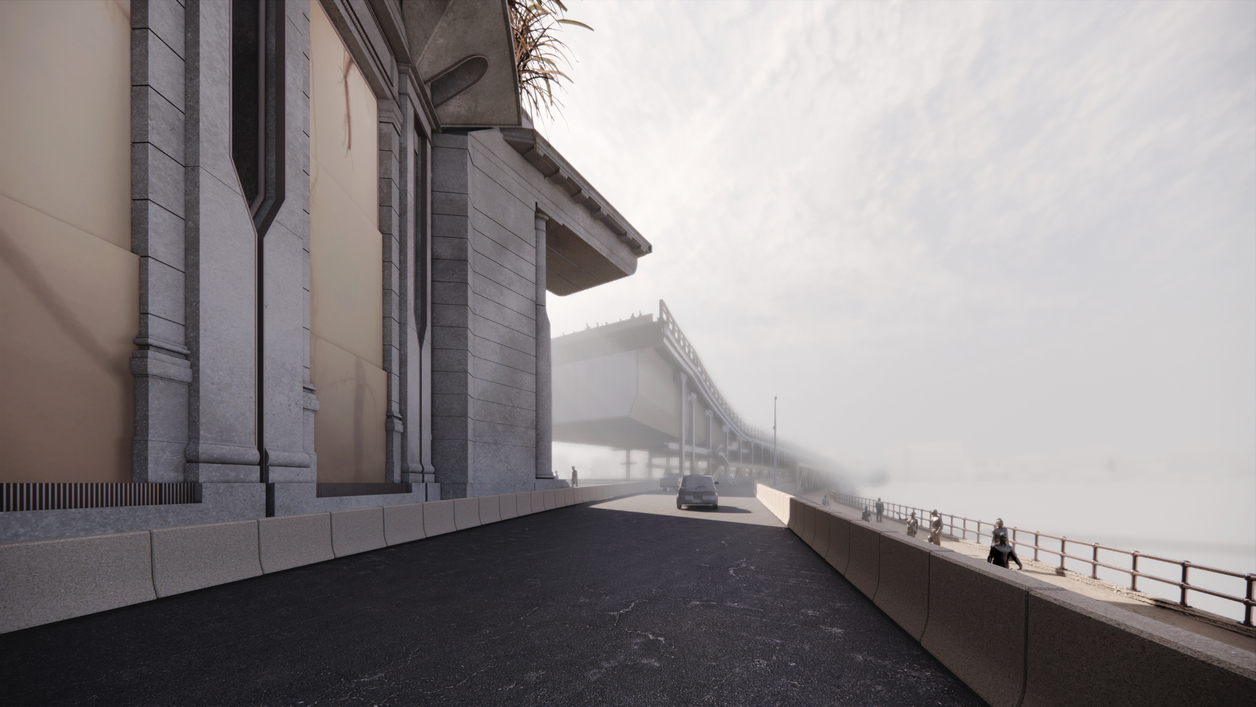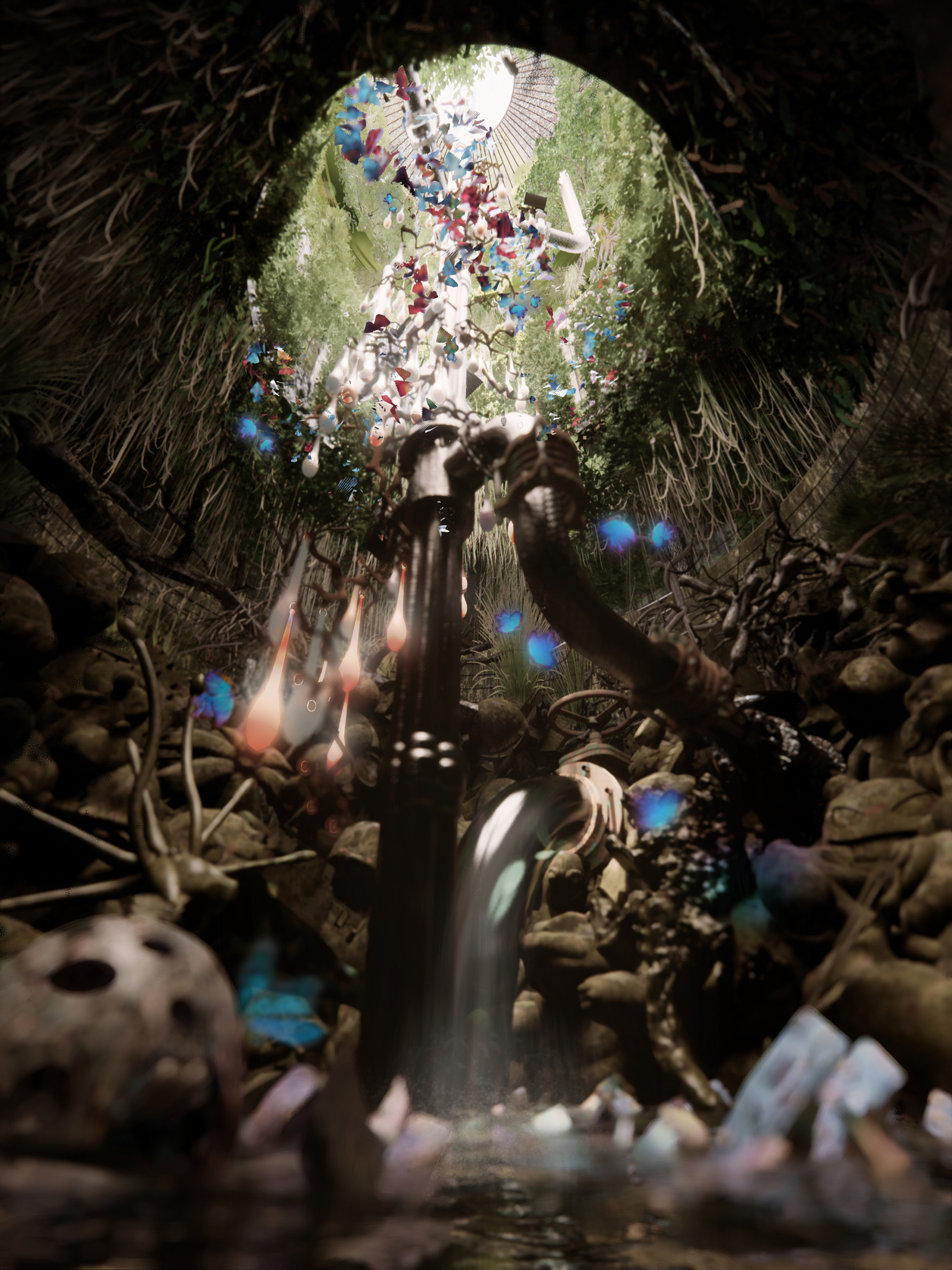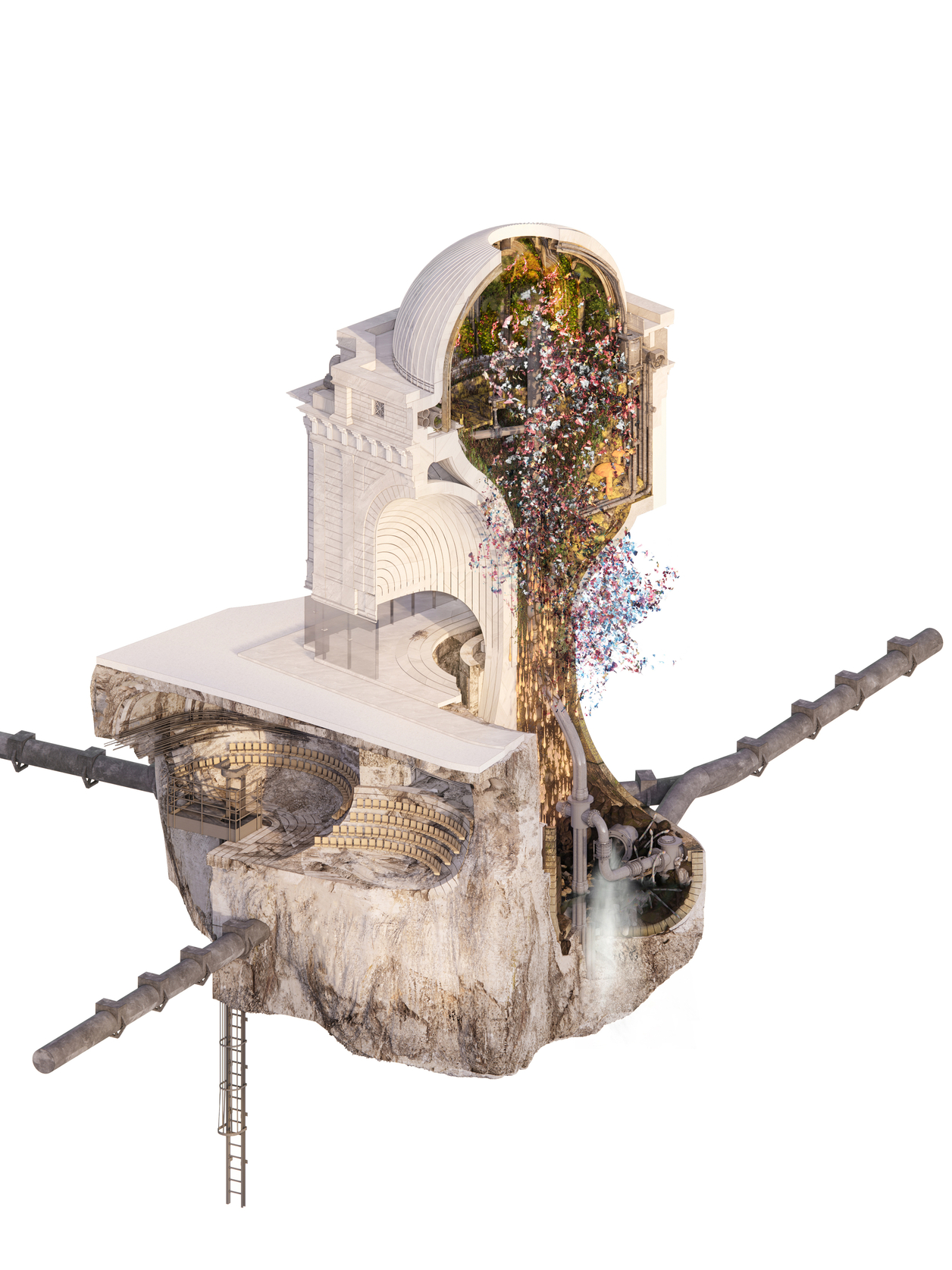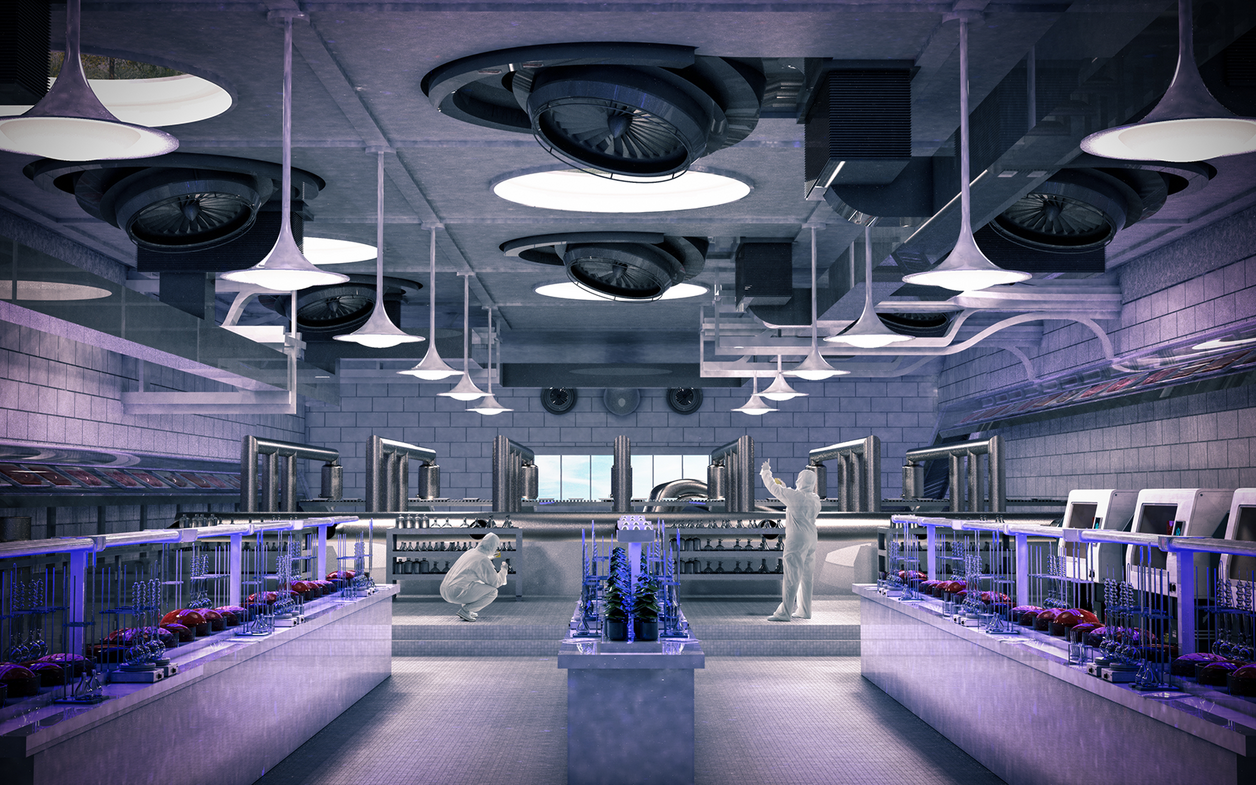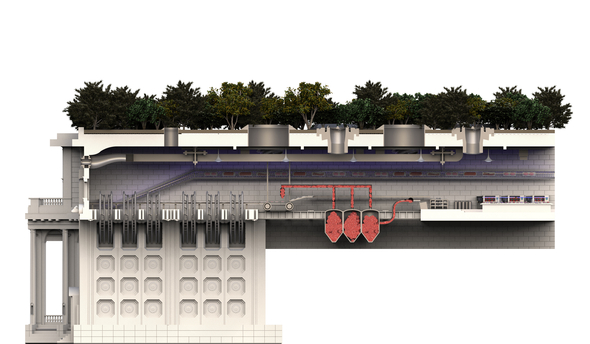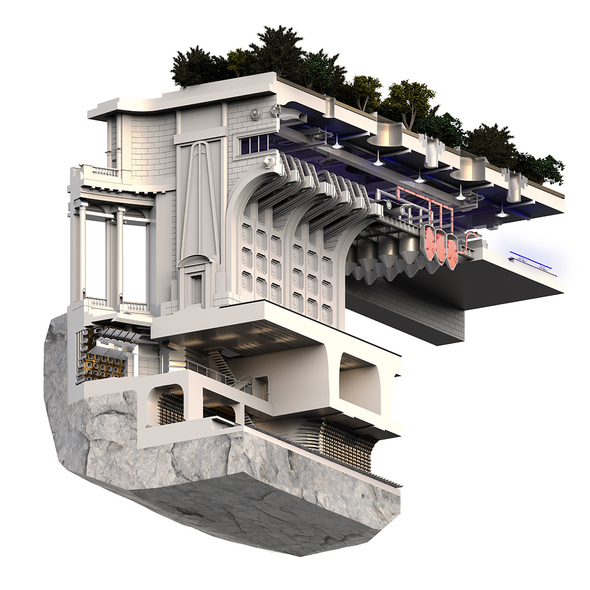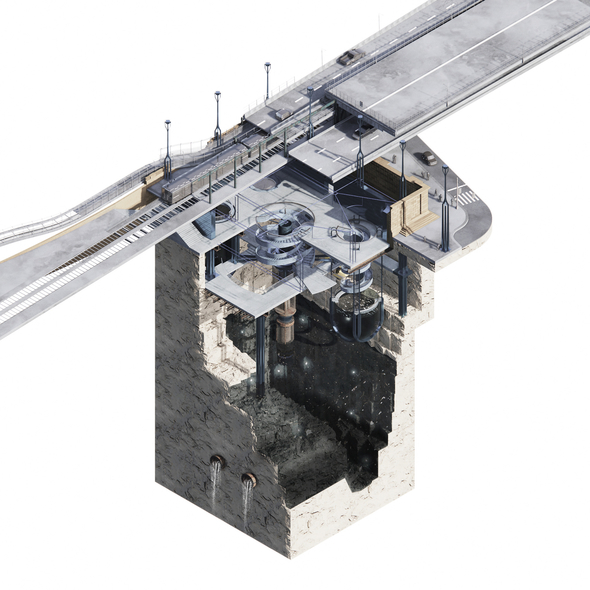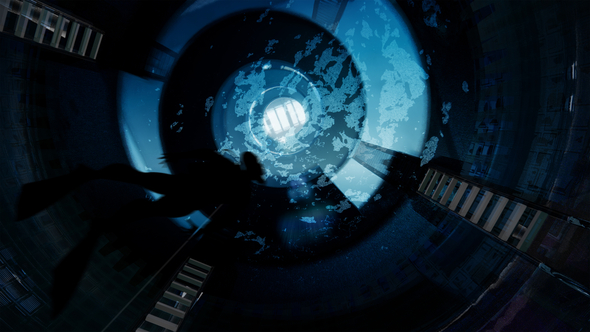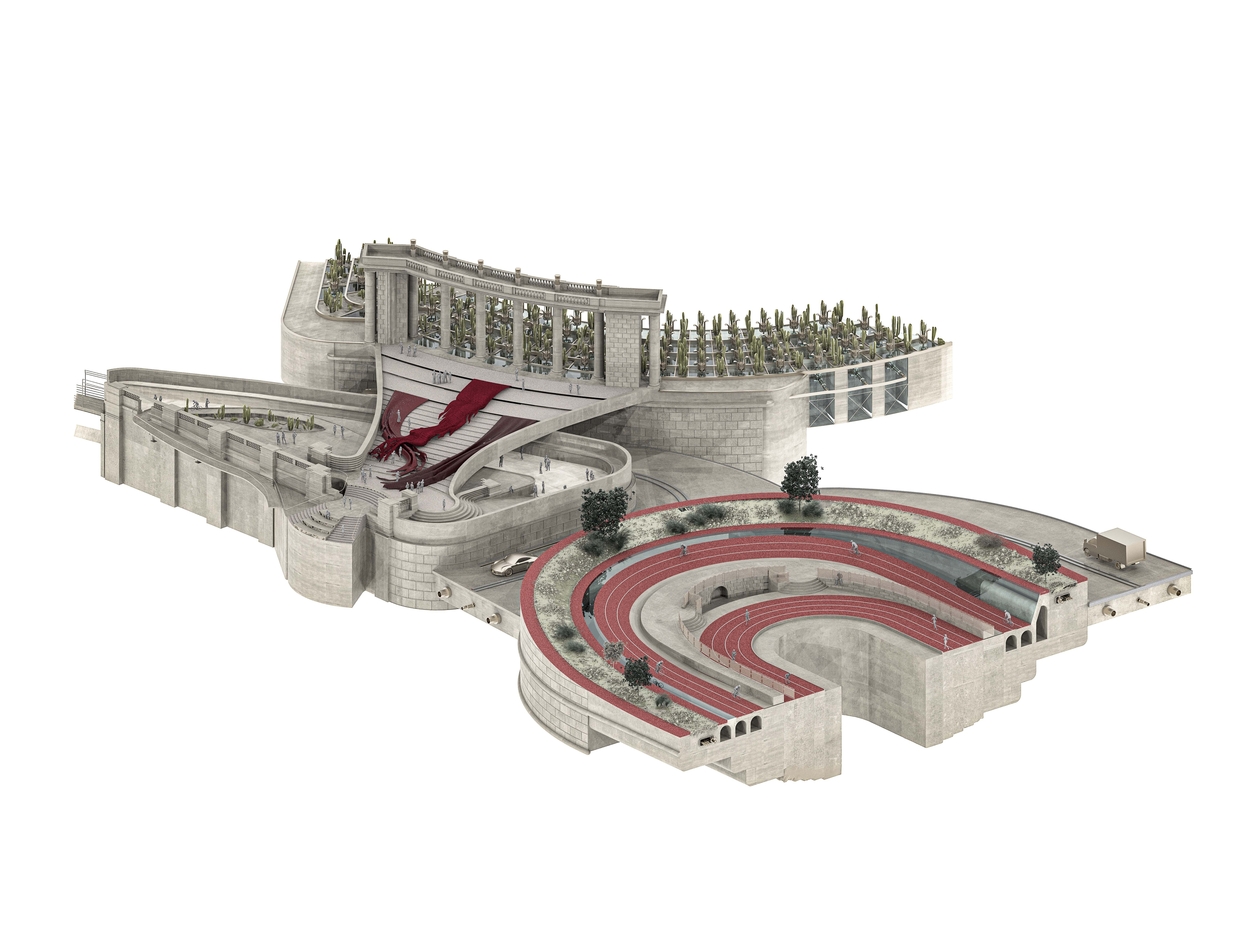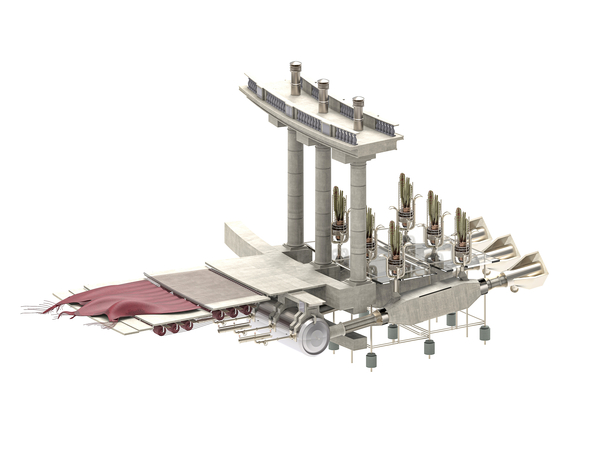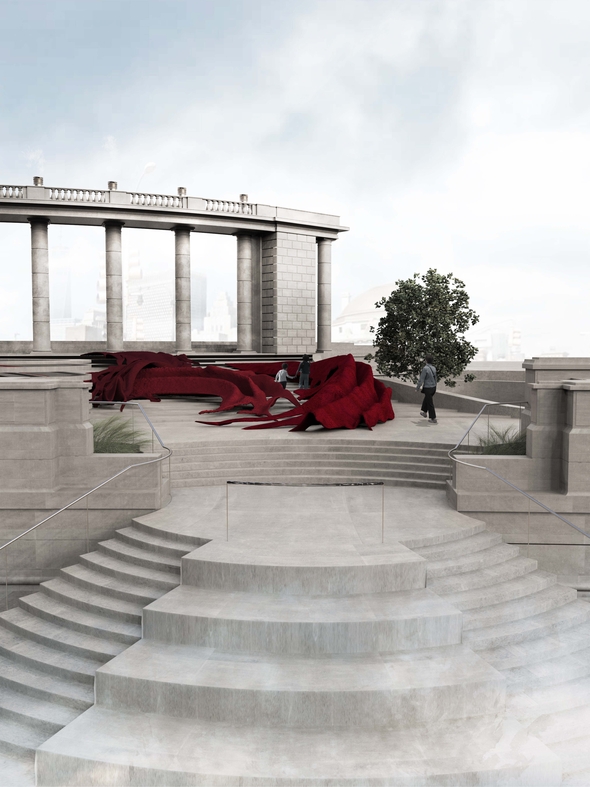ICONOCLASH // Infrastructure & Monument
In a time when many of our societal values are being examined, challenged, and reordered, questions concerning the meaning of architecture, both as a material artifact and a representational device, become especially pressing. All architecture, no matter how utilitarian, communicate larger ideas through matter. The city is a historical archive where these ideas collect over time and manifest themselves in built form. But as time passes the representational meaning of buildings diminish, change, even reverse, putting them at odds with contemporary needs and desires. This conflict caused by the monumental, iconic quality of buildings is evident in the wild clashes of styles and types in cities but also implicit in the ways we relate to our built environment, how we participate in it, and if we feel inspired or rejected by its architecture.
This semester’s project concludes the New York Trilogy, which focuses on pre-depression era architecture in New York City. This era follows on the heels of the Gilded Age, which transformed the city into a financial and cultural juggernaut through an unprecedented economic boom and the emergence of the oligarchy of the “Robber Barons”. The mythos of New York as the world’s leading metropolis begins to take shape during this period, fueled, among other things, by a hitherto unprecedented productivity in architecture and engineering. Many of the structures, which will come to establish Manhattan’s image as the ultimate icon of modernity are erected during this period.


